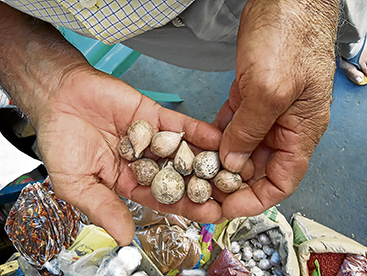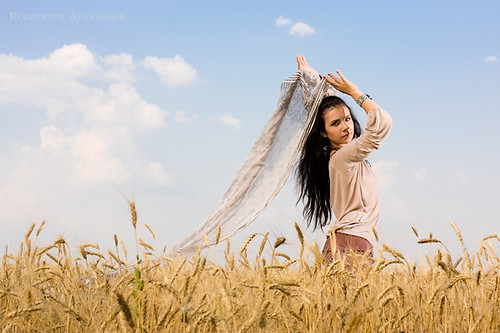In this modern age, practitioners for the most part do not wildcraft and grow every plant that we work with.
This leads to a disconnect between us and nature, the land and its spirits. In the ATR's we are monotheistic but also animistic, believing spirits live in most everything. The plants are viewed as being part of the body of the sentient earth and spirits of the land.
When the plants are harvested, we respect, and give an offering to the plant. Some give 3, 5 coins, or a crystal, as it is really energy you are exchanging. You can sprinkle cornmeal and give a word of thanks after explaining why it is you need to use the plant for help. I like to give water to wild plants, or do some weeding so it can have sun, seems more practical, and also only take which will not harm the plant from continuing to grow. You can bring extra plastic bags to also clean up trash around the area to show respect.
In our traditions we have a major spirit over the individual plant spirits.There are herbs belonging to various misterio. For example, in Palo: Brazo Fuerte has the plant Tartago (or tatago). But then there is the Mpungo who owns all wild plants Ozain. This spirit must be honored when you wildcraft in their tradition. Plants may only be cut at certain times, unless you know this mystery.
There are other considerations of plant philosophy such as the place it is growing such as a mountaintop versus a cemetary. Other ideas such as if you harvest it in the shade or sun side, what color the plant is white or black/purple. What the plant name sounds like, if the plant is bitter or sweet will determine if it is hot or cool, attractant or banishing, medicinal or poison. Plants are worked differently tradition to tradition, although there is some commonality. Plants have latin, lucumi, english, and spanish or creole nicknames for the same thing. Some of these plants are local and tropical and have no named scientific taxomy. We must get to know what is local to where we live, although some special plants must be shipped overnight for more important events and objects as tradition. This is one good reference material:

Ozain became an Orisha Osain after the Congo and Yoruban people continued to interact. He then came under the Nago nation as Ogun Osayen o Osayin as a Lwa in Vodou. Osain is very powerful, and has its own complete tradition that is similar to Palo. We cannot do much in these religions without plants, and as he controls the power of these plants as a forest (monte) spirit, is a great ally: a dangerous warrior and protector. There is the Mpungo Ngurunfinda, (finda/herbs) who is like a branch of Osain, and like our tree Lwa Gran Bwa, since palo is the spanish word for stick.




In Vodou, we have Gran Bwa (Grand or Big Wood), the Lwa of the biggest tree, usually near the center of the forest. He holds all wild plants. He also is associated with the mapou, called the Ceiba pentranda, mapok, Iroko, silk cotton world tree. The saint used is St Jude or St Sebastion as he is Petro. An offering is usually given also at the natural entrance to a wild area of the forest or jungle to seek permission ( and listen to the response) and safe travel in their realm. Gran Bwa only takes water, leaves or vegetable food offerings. He is an initiatory (one of several) and permissive spirit.
Both Gran Bwa and Tobaku can be seen like our leaf faced "green man" Oak or Holly God as those have in Wicca.
Gran Bwa, the staff of Papa Legba, the cane and cross of the Baron, Loko and the poteau mitan or palo majeur pole in the Vodou temple are all related, on which Dhambala, or a pair of snakes are often painted. Spirits travel up and down this access point of the world. The royal palm tree is another common holy tree substitute and are both important plants, although different Lwa have their favorite tree. We usually tie 7 different colors on our tree and staffs as this same symbol of the creational snake Lwa (white/green and rainbow) and 7 chief Lwa of Sanse.

In our lineage, Tobaku (Tobacco: nicotania rustica) has become Lwa, because he is a sacred cemi spirit of the Taino indians, and a very important messanger totemic plant. His powers are healing, but disease when misused. For that reason only cigars or natural leaf are used and not cigarettes. His powers are purity, spirit communication and domination.We work with him in conjunction with the 4 winds, because the smoke and prayers rises up on our breath, and disperses our messages and creates community when shared. Tobacco contains compound which altar the mind, and our psychic perception of time and space for "shamanism". We use cigars for folk magic, divination, and to communicate with the dead in misa. Our breath in and out joins the spiritual and mundane realms. Many spirits like a cigar as an offering, such as Lwa or ancestors, and some female spirits as well or perhaps a cigarette.
Tobacco is a master and teaching spirit, such as many view cultural psychedelic entheogens of ayahuascha or certain mushrooms. These are very spiritual and not recreational, associated with the land, and snake spirits. Tobacco workers who are curandero, indigenous plant healers are called tabaqueros. Tobacco is used in Cuban traditions, Espiritismo and groups such as Maria Lionza in Venezuela is the most similar than the other ways used by Amerindians. There are many oracions or prayers to work with the spirit of Tobacco, most of them in spanish, or in booklets from botanicas. Working with tobacco can be a practice in itself in how you honor, ask permissive, offer, ritual observances and divine or work with it. I always advise people to start collecting a book of prayers that you like. In Haiti a natural healer is called a medicin fe, leaf "doctor". Whereas a worker more uses the aspects for "spells", but both may employ both methods and work spiritually.
Prayers taken from Sancista Luis blog sanseespiritismo, that I use often:
http://sansespiritismo.blogspot.com/2011/10/tobaccomancy-tobacomancia.html
PRAYERS TO THE SPIRIT OF TOBACCO
To the Spirits of the Four Winds, Black horse, white horse, red horse, and brown, you that find yourself in the four Corners of the Universe. Above and below and in the Four Directions. I call to you oh Charitable Spirit of Tobacco, ancient messengers of the Omnipresent One. I offer you in homage to the Guardian Spirits of (name(s). For wherever I go with this sacred smoke, you shall purify and cleanse. You shall remove any and every, seen and unseen negative vibration that surrounds (name/us.). And with the grace and power that the Holy Trinity has bestowed upon me, I (name.) purify and cleanse (name(s.). So be it, Amen.
PRAYER 2
With the permission of God.
With the guidance of the 21 Commissions of Spirits and the protection of my Guardian Angel.
With the watchful eyes of my Spirit Guides.
As above so below, and in the four directions, and to the Charitable Spirits of the Four Winds that come from the four corners of the universe. I ask for health, stability, and peace.
May the fluids of the Spirits that speak through the smoke of this sacred tobacco, be beneficial towards me and my cause. May all malice and deceit depart and scatter as the smoke does scatter, and only good and charity shall prevail. Amen.

If a plant was grown by humans, agricultural spirits like the Lwa Azaka or the Orisha Oko have domain. These are earthy spirits, originally most tribes were hunter gatherer before they settled and became agricultural. Azaka Mede is pictured as Saint Isadore.
One Mambo stated that each Lwa are given offerings before gathering their corresponding plants. In our lineage this can be done, but more often with Gran Bwa. Basil is another very important plant and is very common to be present at rituals. For Harvest and planting offerings and feast dates are acknowledged with services for Azaka and for the other Lwa such as the Mange Yam for good prosperity and fertility as well featuring the Nago nation and Simbi, Or such as Mange Lwa to feed the Lwa or Mange Mo to feed the dead and Ghede.
The natives knew much of their medicinal knowledge by the plant spirits teaching them. We have many healing spirits who are: Lwa, spirit guides of nuns or doctors, the indigenous folk healers and indios, as well as saints.They may work with closely several plants. Faith also is very important. They knew of medicinal value, but when not available, faith healing with any plant externally is possible in spiritualism.
When we get a plant from the store, the plant has not been spiritually harvested or grown. The plants are usually sold dried outside of Cuban botanicas when we should use fresh, for more plant spirit life force and vibrancy, more power. Some dried plants, the spirit is dead and gone. Sometimes we can activate some of its latent power, but fresh is always best. The plant is not the spirit, but the spirit is in the plant. Of course some are used dry such as cured tobacco leaf, or in making oils.
God gave these plants to humans as gifts, and their powers were given to these spirits as their gifts. One way we appeal to these plants and venerate is to, in our prayers ask for their power or specific qualities and recited abilities which God has bestowed upon them. We reward and further empower these plants by asking their light, elevation and spiritual progress of God for their work and kindness.
In this way, if we light the plant a candle and waterglass, We can sit with them in communication and understanding to make a relationship. This is how you get to know your plants, besides studying from a book. You have to know how to use plants safely, parts of certain plants can be ingested, or smoked in a session to gain a physical bodily understanding, and connect with their powers. They are used to prepare objects, as incense, anointing oils, washes and baths.
This was once understood more widely in Hoodoo and Conjure, that the plant is not just an ingredient, but an entity to be worked.
High John the conqueror was rumored to be the son of a Congo king who was enslaved in the new world and jumped into the root of the morning glory flower plant. Some say he "returned or died" to Africa and left some power in the root. He was known for his intelligence and ways he outsmarted his slave master. Many people take no time to talk to and get to know High John. High John has recently lamented this to us. He is a sorceror and a magician, known for his Congo witchcraft or folk magic. He can do all things as a master root: luck, gambling, court case, love, money work, sexual prowess, success, protection and domination. A very generous spirit who loves to work. The root has larger male and female pieces and both can be put into a mojo bag like a pair of lodestones. In hoodoo and folk magic selected psalms are usually used with the work, depending on what your focus is. an oil using this root can be used on a novena candle, or fixed inside.
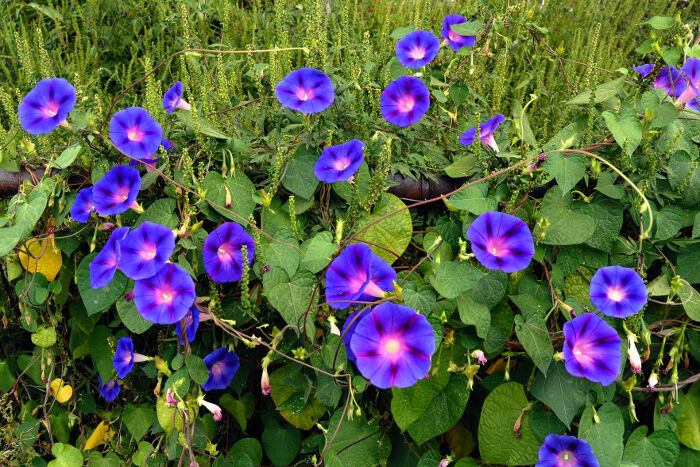

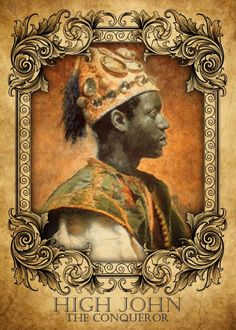
Fresh root is better, and should not be crumbling or dried out. Some dress the root with oil, or keep it with ginger slices to energize him and keep it fresh.
You can learn more here. There is much to learn about rootwork in general, as an entire tradition.
Prayer to High John the Conqueror:
May Almighty Powerful God,
And the soul of John the Conqueror
Watch over and show me
the way to overcome obstacles, to conqueror fear and my enemies known and unknown.
Lend me your strength so that I can have success in my life,and achieve my goals. Amen
Garlic is another very important plant. Ajo or aho macho is the male garlic, the little round bulbs you usually see at a mexican store, and not the grocery. All garlic has similar properties of fire, cleansing, protection and exorcism, but the male has added masculine virility and warrior properties. The husks can be burned as a smudge. Garlic is high in sulfur and ammonia, known for purification, and against energy vampires or the evil eye. Many cultures hung decorative garlic braids and such as the Italians chili peppers as protections.
el diaro, male garlic
Novena prayer to Miraculous Garlic:
You who were placed on Mount Calvary where Jesus died to give eternal light and to free us from evil; free me from jail and from all demons. When my enemies plot to kill or hurt me, let not their eyes see me nor their feet reach me. Don't let their hands touch me, their guns shoot me or their knives hurt me. Let no harm come my way.
Miraculous Garlic of goodness, separate me from the enemy. Remove all envy and jealousy. Help me in my work and in all my affairs. Grant me the love of those around me. So shall it be, and so it is. Amen
XSancista7X



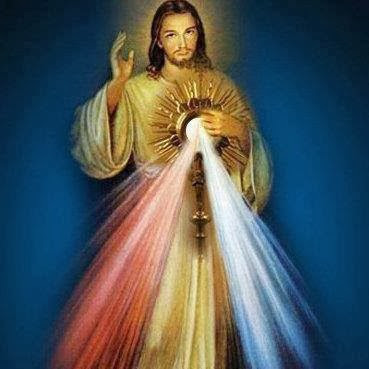













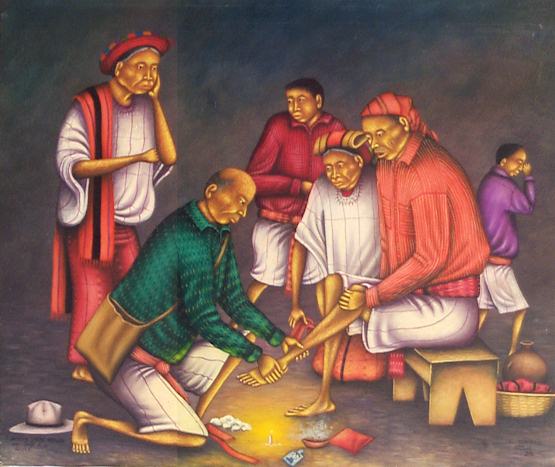



UV9EDK!~~/s-l300.jpg)
